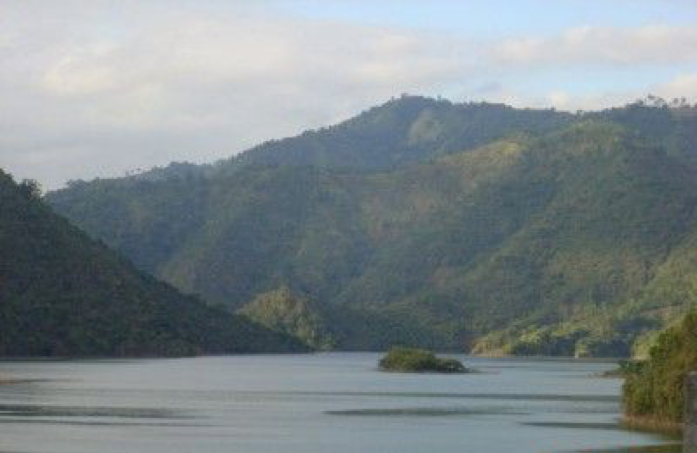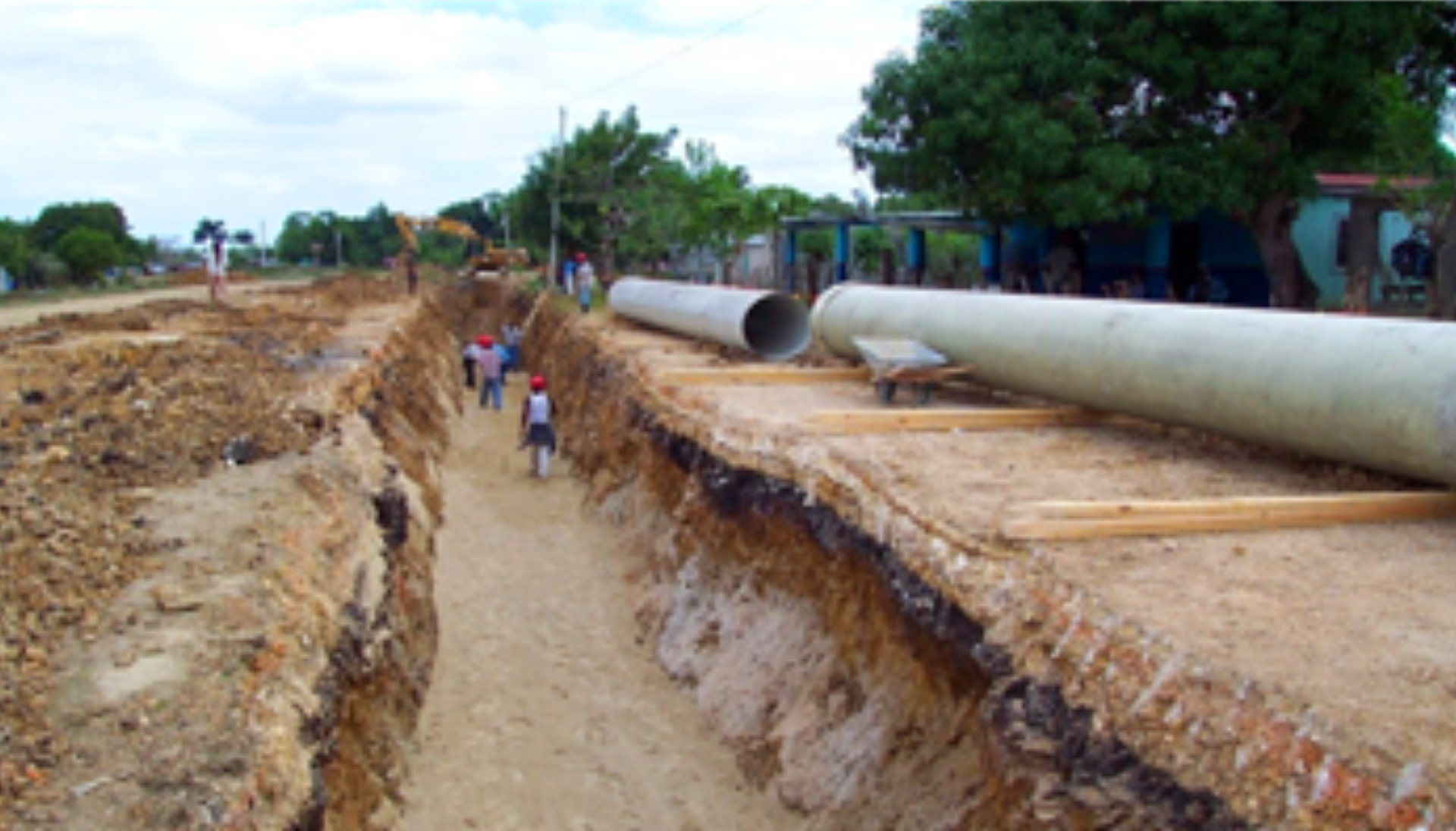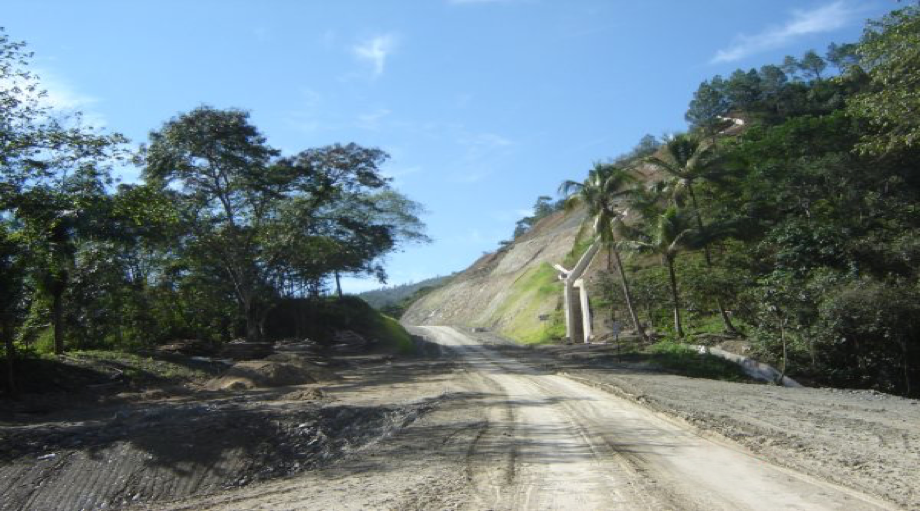The Aguacate Dam, the second hydroelectric of the Nizao River (from its higher point), is located at Paso El Ermitaño, Peravia Province, about 20 kilometers down river of the Jigüey Dam and up river of the Valdesia Dam. The hydrographic basin of its source is about 747 km2 and includes the Jigüey central water turbine, up river in of the Aguacate Dam. The lake surface is 0.35 km2 with a total capacity to hold 4.3 million m3 of water. At its minimal level during regular operation, its useful volume is 1.46 milliones m3 while its volume reaches 2.84 million m3. The dam has a maximum operation level of 329 msnmq and a 324 msnm minimum.
Electric power production from 1992 to 2001 reached 1,710.12 GWh, for an average of 171.01 GWh per year. In other words, the largest production of hydroelectric plants in the Dominican Republic, surpassed only by the Tavera dam (189.18 GWh).
Services provided by the firm:
• Design for the construction of civil works
• Construction of civil works
• Engineering and detail design during construction
• Preparation “as built” drawings



